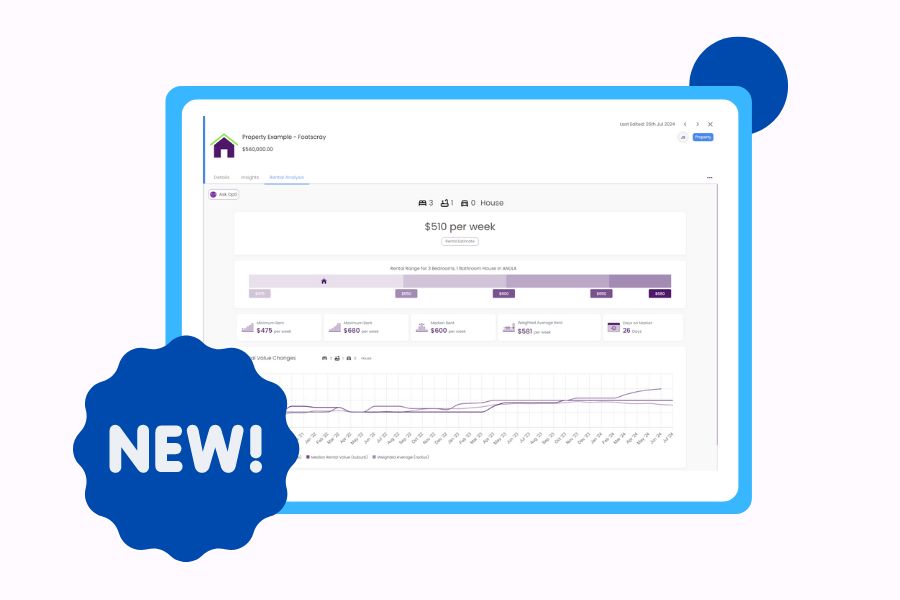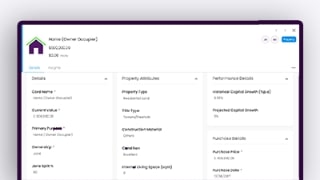Is the hourly rate at which the total sum of any principal debt is decreasing. Therefore, with any principal and interest loan repayments, it’s only calculating the principal value/s repayment and not the interest costs value payment.
If you had an interest only loan, then the calculation would be zero, as no principal amount is being reduced. It factors in the principal value movement, excluding any interest costs payable. It’s treated positively because it’s using surplus cashflow to reduce any principal debt and this is building your wealth position. Furthermore, the reason it excludes interest costs is because they are already accounted for within SpendingSPEED™ calculation, which you learnt earlier.

It looks simple in nature, but again you have a choice with what you do with surplus cashflow, if you are using it to pay down debt, then we need to account for it within the calculation of these financial indicators.
Whilst this debt management section was short and sweet to illustrate how these tools work, you must never forget that as you travel through life, you are going to be tempted with many different forms of debt from credit cards and store cards to personal loans, car loans, and the biggest debts of them all, mortgage debt. That means, understanding debt management, what it’s costing you and how to best manage it, from within your cashflow base, is going to make you a better money manager and more wealth if you get it right.












